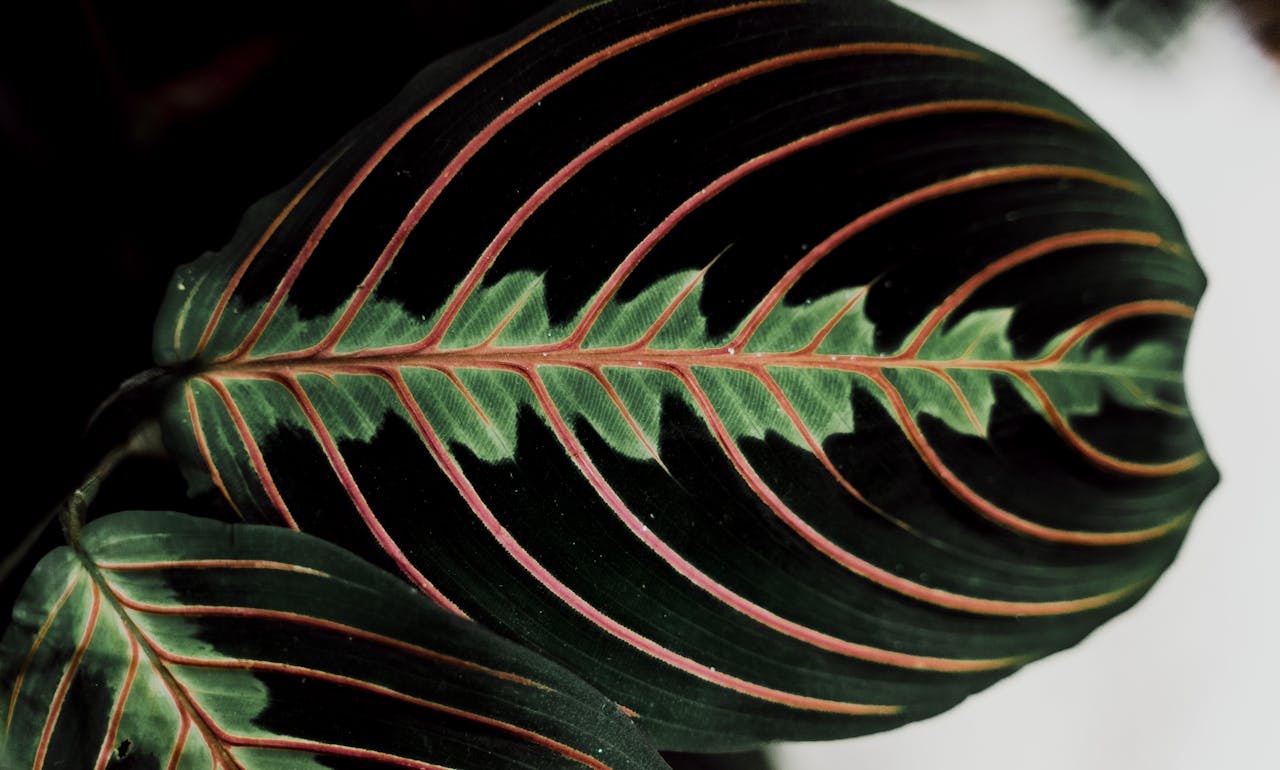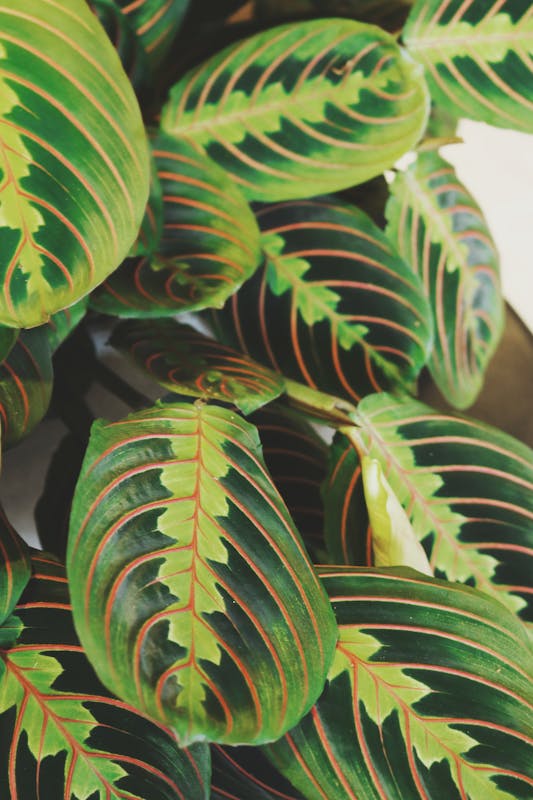If you’re a plant lover, the prayer plant (Maranta leuconeura) likely holds a special place in your heart. Known for its stunning foliage and unique habit of folding its leaves at night (as if in prayer), the prayer plant is a favorite among indoor gardeners.
Not only is it beautiful, but it’s also relatively easy to propagate, making it an excellent choice for those looking to expand their plant collection or share with friends. In this guide, you’ll find everything you need to know about propagating this charming houseplant.
Understanding the Prayer Plant
Originating from the tropical rainforests of Brazil, the prayer plant is part of the Marantaceae family. Its leaves showcase striking patterns with vibrant greens, deep reds, and sometimes even creamy white veining. The plant thrives in low to moderate light conditions and enjoys high humidity, making it an ideal choice for many indoor environments.
When to Propagate
The best time to propagate your prayer plant is during the growing season, typically in spring or summer. During these months, the plant is more active, which can lead to a higher success rate when attempting to root new cuttings.
Propagation Methods
There are a couple of methods for propagating prayer plants, the most common being division and stem cuttings. Here’s a breakdown of both methods:
1. Division
What You Need:
A healthy prayer plant
Potting mix (preferably a well-draining mix)
A sharp knife or garden spade
Pots for repotting
Steps:
Prepare Your Tools: Clean your knife or spade with rubbing alcohol to prevent the spread of disease.
Remove Plant from Pot: Gently remove your prayer plant from its pot. Shake off excess soil to expose the roots.
Identify Sections: Look for natural separations in the root ball. Each section should have healthy roots and several stems attached.
Divide the Plant: Using your knife, carefully cut the root ball into sections. Aim for sections with at least one or two stems and a good amount of roots.
Pot Up the Sections: Fill separate pots with potting mix. Plant each section into its pot, ensuring the root system is spread out and covered with soil. Water lightly.
Care for Your New Plants: Place the repotted sections in a warm, humid environment with indirect sunlight. Keep the soil moist but not waterlogged as they establish.
2. Stem Cuttings in Water
What You Need:
A healthy prayer plant
Scissors or pruners
A glass or jar of water
Steps:
Select a Stem: Find a healthy, non-flowering stem on your prayer plant that has several leaves.
Make the Cut: Using your scissors or pruners, cut a stem about 4 to 6 inches long, making the cut just below a leaf node. This is where roots will develop.
Place in Water: Submerge the cut end of the stem in the glass of water. Ensure that at least one leaf node is underwater, as this is where the roots will form.
Change Water Regularly: To promote healthy root growth, change the water every few days, keeping it fresh.
Transplant When Ready: After 2-4 weeks, you should see roots forming. When the roots are about 2 inches long, pot the cutting in a well-draining potting mix. Water it well and care for it as you would a mature plant.
Tips for Successful Propagation
Humidity is Key: Prayer plants love humidity. If you’re propagating in a dry environment, consider using a humidity dome or placing a plastic bag over your cutting to create a mini greenhouse effect.
Avoid Direct Sunlight: While prayer plants enjoy light, direct sunlight can scorch their leaves. Ensure they are in a bright, indirect light location.
Be Patient: Not all cuttings will take; be patient and give your new plants time to adjust and grow.
Troubleshooting Common Issues
Brown Tips or Edges: This can be a sign of low humidity or underwatering. Ensure your plant is in a humid environment and water it appropriately.
Leggy Growth: If your plants are stretching towards the light, they may not be getting enough indirect sunlight. Move them to a brighter spot, but still out of direct sunlight.
Rotting Roots: This typically happens if the cuttings are overwatered. Make sure to allow the soil to dry out slightly between waterings.
Conclusion
Propagating a prayer plant can be a rewarding experience, both for you and for the new plants you’ll create. Whether you choose to divide an existing plant or take stem cuttings, following these steps will help ensure success.






